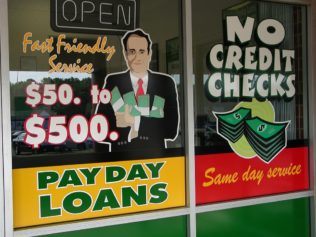A new revision of a government program designed to aid struggling homeowners will also provide revenue for big banks. The program will help homeowners refinance when they owe more on their homes than their properties are actually worth. But the program could earn lenders up to $12 billion for their involvement.
The new version of the Home Affordable Refinance Program, dubbed HARP 2.0 after its announcement last year, was meant to provide an avenue of relief for debt-troubled homeowners who were current on their payments. However, by introducing steep fees and interest rates that lie high above the market, banks have been able to term the process into a steady source of income, even as they refinance mortgages they already handle. According to the Wall Street Journal, homeowners stand to save $2.5 billion in payments, while banks may rake in almost five times that.
Currently, about 20 percent of homeowners fall into the category of “underwater,” owing more in mortgage payments than their homes are worth, according to a study by CoreLogic. Those same underwater homeowners are more likely to default than those treading it. HARP borrowers are also subject to higher interest rates than existing borrowers.
Responsibility for mortgages that default under the HARP 2.0 program has been shifted as well, from the big banks to Fannie Mae and Freddie Mac. Prior to the program’s expansion, banks were required to pay for the losses of refinanced loans that fell into default, but now the government-sponsored Fannie and Freddie will foot the bill.
While banks may be finding new ways to earn huge paychecks off government aid, HARP can still provide relief for individual homeowners trying to climb out of debt. It just won’t prevent them from being a victim.

